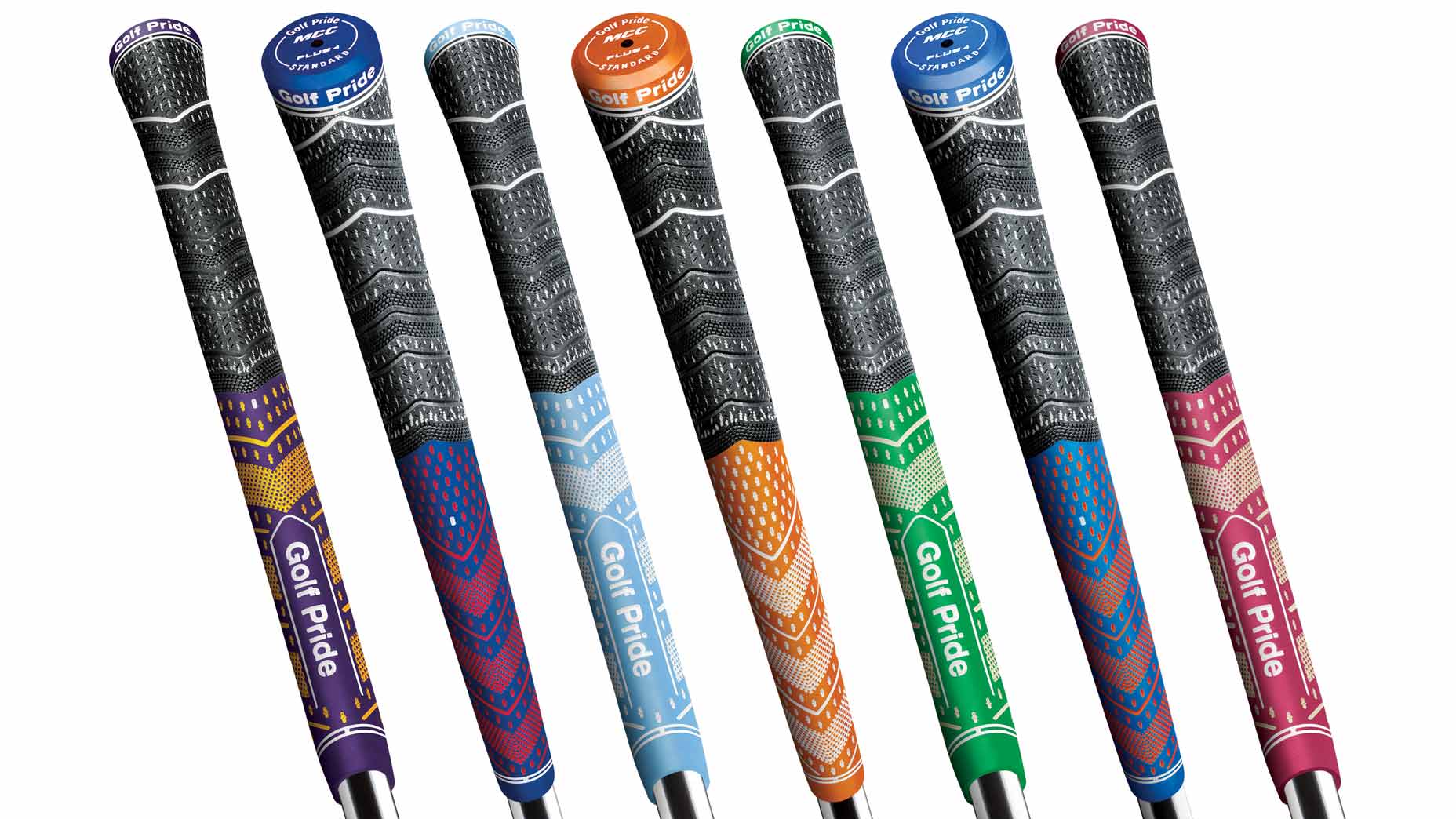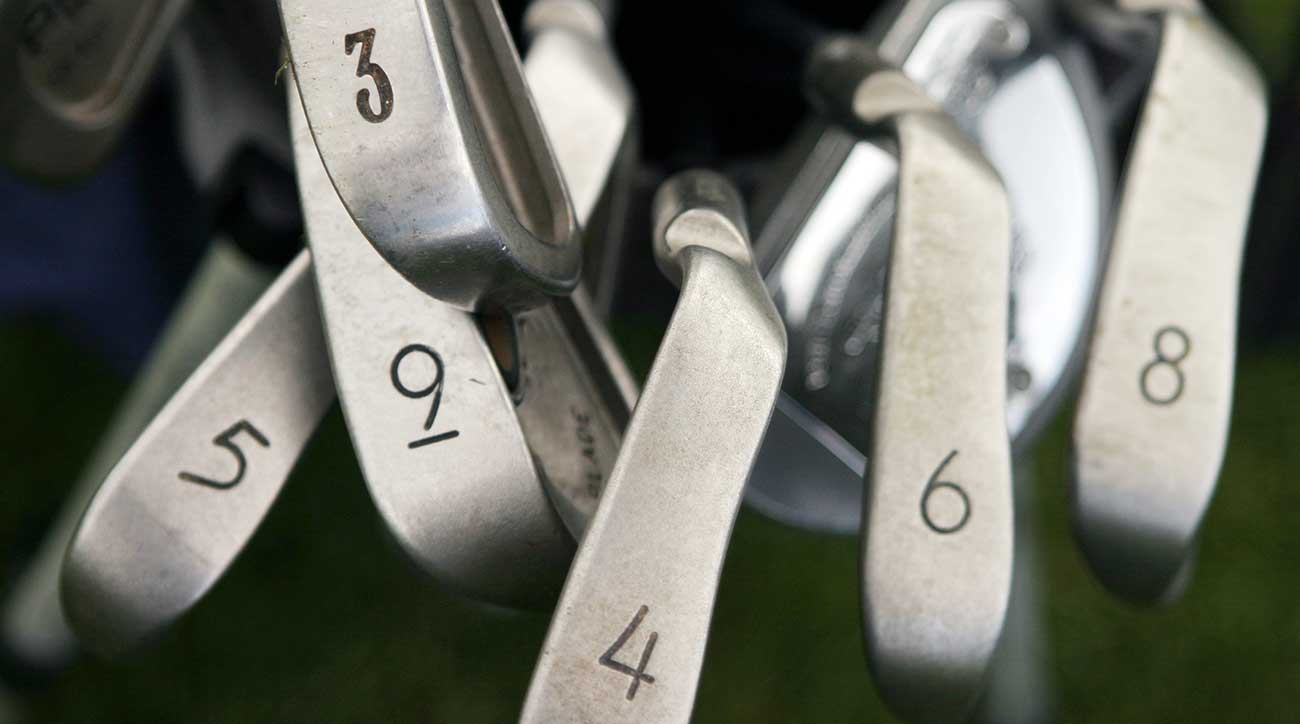3 common misconceptions golfers have about their own equipment

Every week, in collaboration with our sister-company and Top 50 Clubfitter True Spec Golf, our in-house team of equipment experts host the Fully Equipped podcast. It’s where we break down the most interesting equipment news in golf, from the most authoritative voices in the game.
New in 2021, we’re going to be highlighting many of those same Fully Equipped voices on GOLF.com as part of an expanded series of articles, sharing the best equipment insight around, and helping you play better golf as a result.
This week, our experts are talking about some of the most common misconceptions golfers have about their own equipment.
1. You (probably) don’t need an extra-stiff shaft with low loft
Jonathan Wall, Managing Equipment Editor: I could spend an hour on this question, but I think the most common misconception is that you need low loft and an extra-stiff flex shaft to generate distance off the tee. So many golfers are playing a shaft that’s far too stiff for their swing speed. Not only that, they’re buying drivers with too little loft. If you haven’t noticed, most equipment manufacturers are preaching high launch for optimal carry. I’m not saying you need to play a 12-degree driver, but swallow your pride and consider the idea of weakening the flex on your driver and adding some loft. You’ll likely find a few more fairways along the way.

2. Think twice about your lob wedge
Andrew Tursky, Senior Equipment Editor: After speaking with wedge master Roger Cleveland, I’m convinced that most higher-handicap golfers don’t actually need a 60-degree lob wedge. If you don’t have the speed and skill around the greens to hit a 60-degree wedge consistently, I’d encourage golfers to spend more time with a 56-degree sand wedge, or even a pitching wedge. Learn to contact the ball crisply and get the ball on the green rather than going for Phil Mickelson flop shots.
3. Get a putter fitting
Luke Kerr-Dineen, Director of Game Improvement Content: I’m only slightly ashamed to admit this, but I’ve owned a lot of putters in my 31 years on this planet, but the first putter fitting I ever got was a few years ago. A friend of mine over at our sister company True Spec hooked me up, and I’m not lying when I say I was blown away by the results. Turns out I needed a slightly shorter, slightly flatter putter with a little more toe hang and slightly less offset than I would ordinary opt for. Almost instantly I was squaring up the putter face more often, my stroke path was better, I felt more comfortable, and I was even aiming. For whatever reason, lots of golfers tend to dismiss putter fittings as optional, but don’t fall into that trap. It’s worth the investment.
To add more pop to your swing, get a driver fitting from the experts at our sister company, True Spec Golf.













